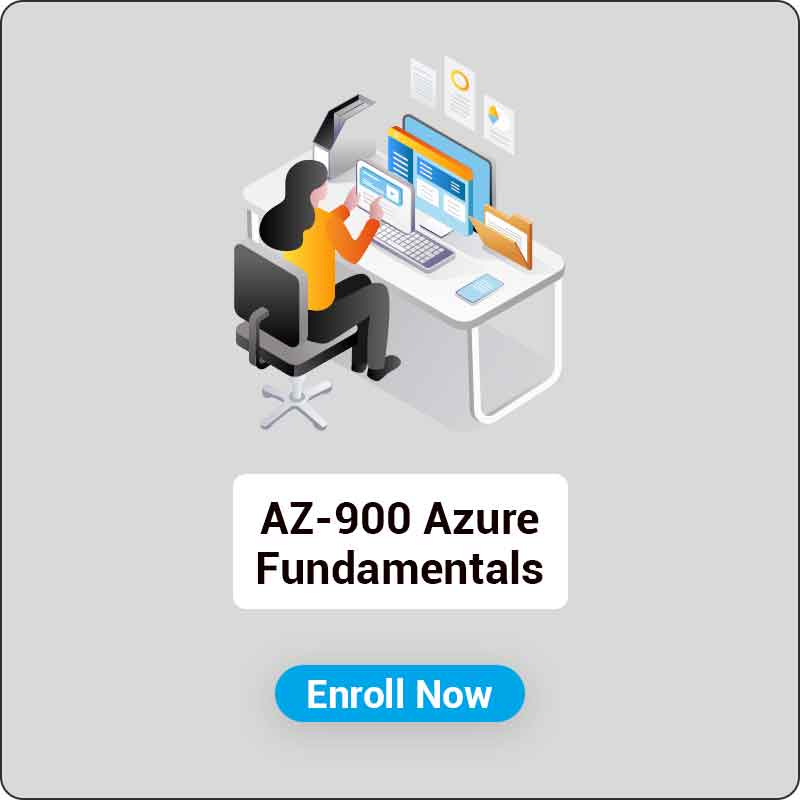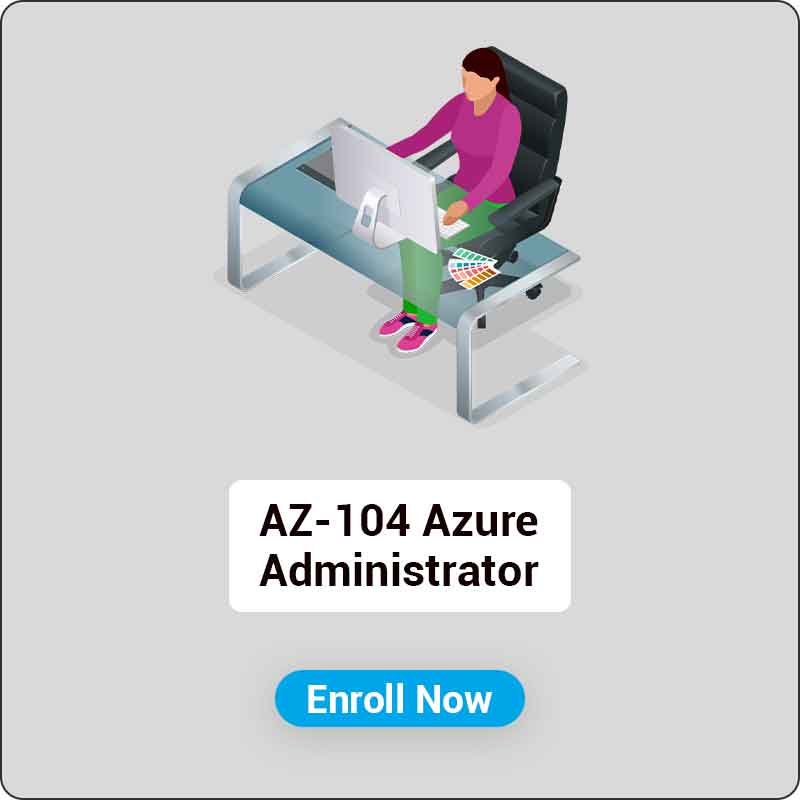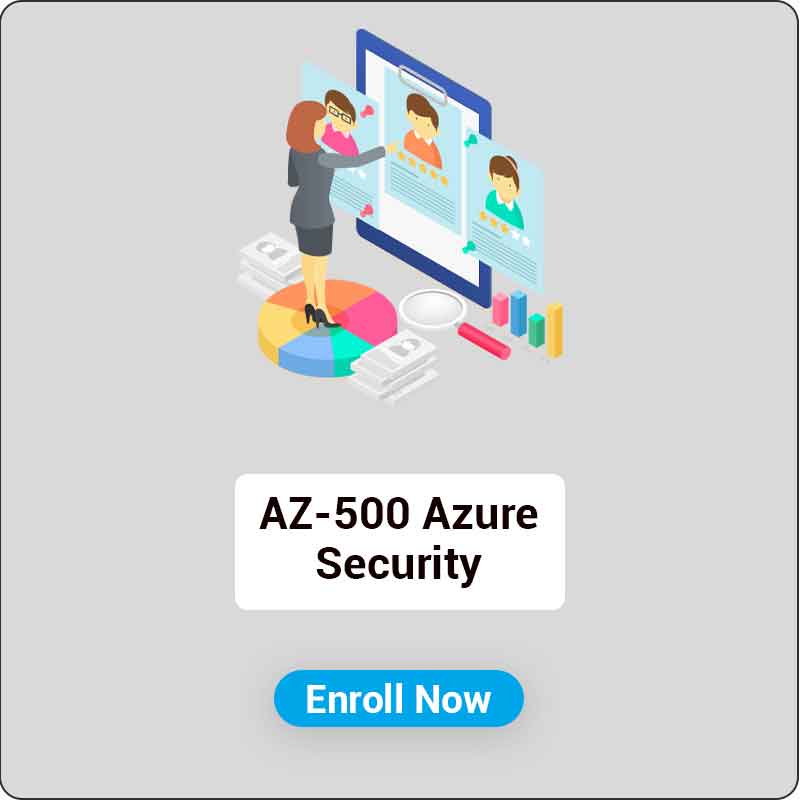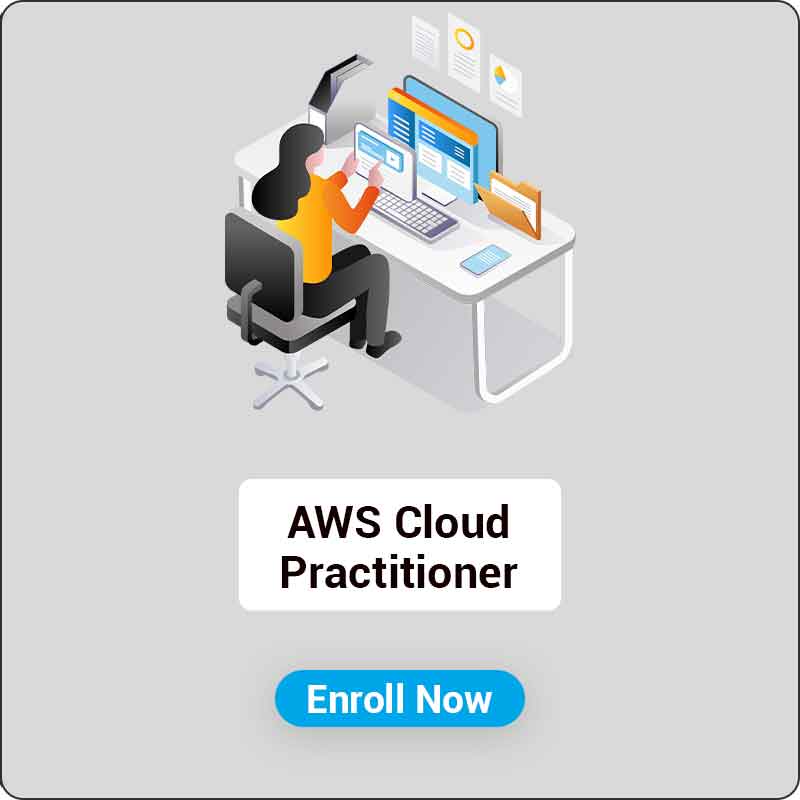AWS Cloud Practitioner Certification Training Course

AWS Cloud Practitioner Course Features
22 Hours of Instructor Led Training
Certified and Experienced Instructors
Session recording access
Study materials and exam prep questions
AWS Cloud Practitioner Practice Questions
22 Hours of Instructor Led Training
Certified and Experienced Instructors
Session recording access
Study materials and exam prep questions
AWS Cloud Practitioner Practice Questions
Learning objectives of AWS Cloud Practitioner Training
In this course, you will learn to:
-
Summarize the working definition of AWS
-
Differentiate between on-premises, hybrid-cloud, and all-in cloud
-
Describe the basic global infrastructure of the AWS Cloud
-
Explain the six benefits of the AWS Cloud
-
Describe and provide an example of the core AWS services, including compute, network, databases, and storage
-
Identify an appropriate solution using AWS Cloud services with various use cases
-
Describe the AWS Well-Architected Framework
-
Explain the shared responsibility model
-
Describe the core security services within the AWS Cloud
-
Describe the basics of AWS Cloud migration
-
Articulate the financial benefits of the AWS Cloud for an organization’s cost management
-
Define the core billing, account management, and pricing models
-
Explain how to use pricing tools to make cost-effective choices for AWS services
Target Audience for AWS Cloud Practitioner Course
This course is intended for:
-
Sales
-
Legal
-
Marketing
-
Business analysts
-
Project managers
-
AWS Academy students
-
Other IT-related professionals
AWS Cloud Practitioner Exam and Certification information
- Duration: 90 Minutes
- Number of Questions: 65 (Multiple Choice)
- Open book: No
- Electronic equipment allowed: No
- Level: Fundamental
- Languages: English, Japanese, Korean, Simplified Chinese, Traditional Chinese, Bahasa (Indonesian), Spanish (Spain), Spanish (Latin America), French (France), German, Italian, and Portuguese (Brazil)
Course Outline
- Summarize the benefits of AWS
- Describe differences between on-demand delivery and cloud deployments
- Summarize the pay-as-you-go pricing model
- Describe the benefits of Amazon Elastic Compute Cloud (Amazon EC2) at a basic level
- Identify the different Amazon EC2 instance types
- Differentiate between the various billing options for Amazon EC2
- Describe the benefits of Amazon EC2 Auto Scaling
- Summarize the benefits of Elastic Load Balancing
- Give an example of the uses for Elastic Load Balancing
- Summarize the differences between Amazon Simple Notification Service (Amazon SNS) and Amazon Simple Queue Services (Amazon SQS)
- Summarize additional AWS compute options
Check Our Upcoming Batches
Why Knowlathon












.jpg)
.jpg)
-compressed.jpg)


Student feedback
Reviews